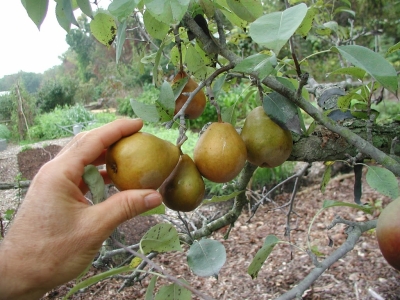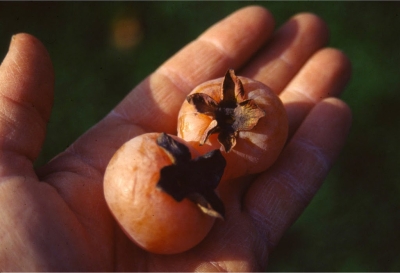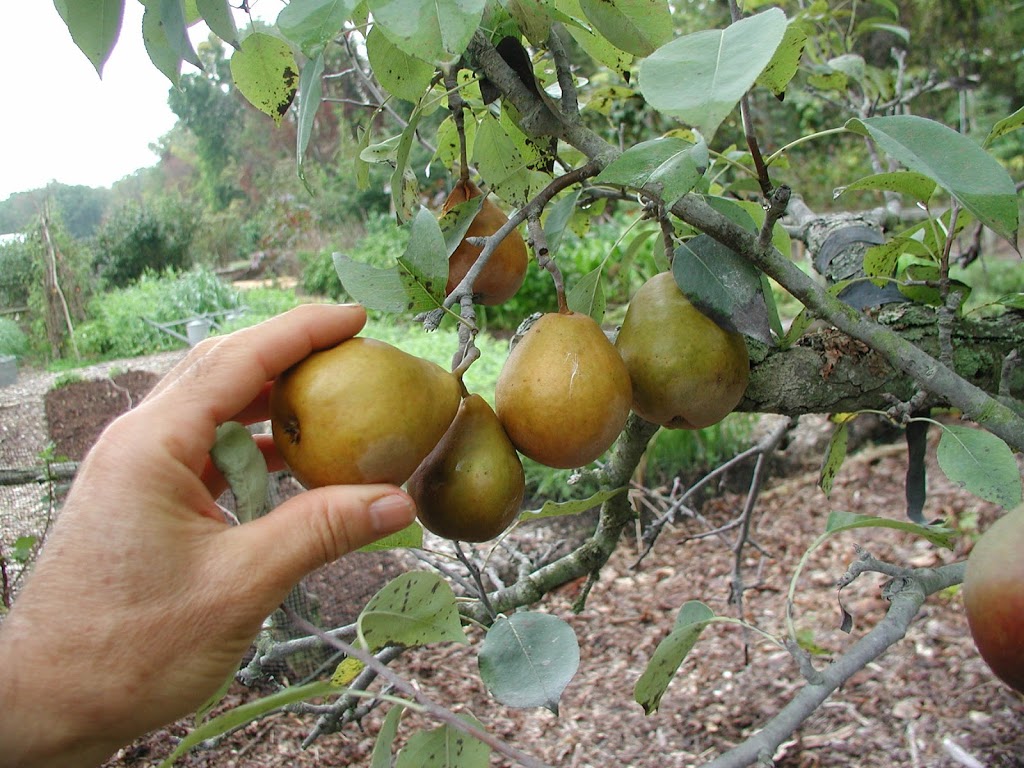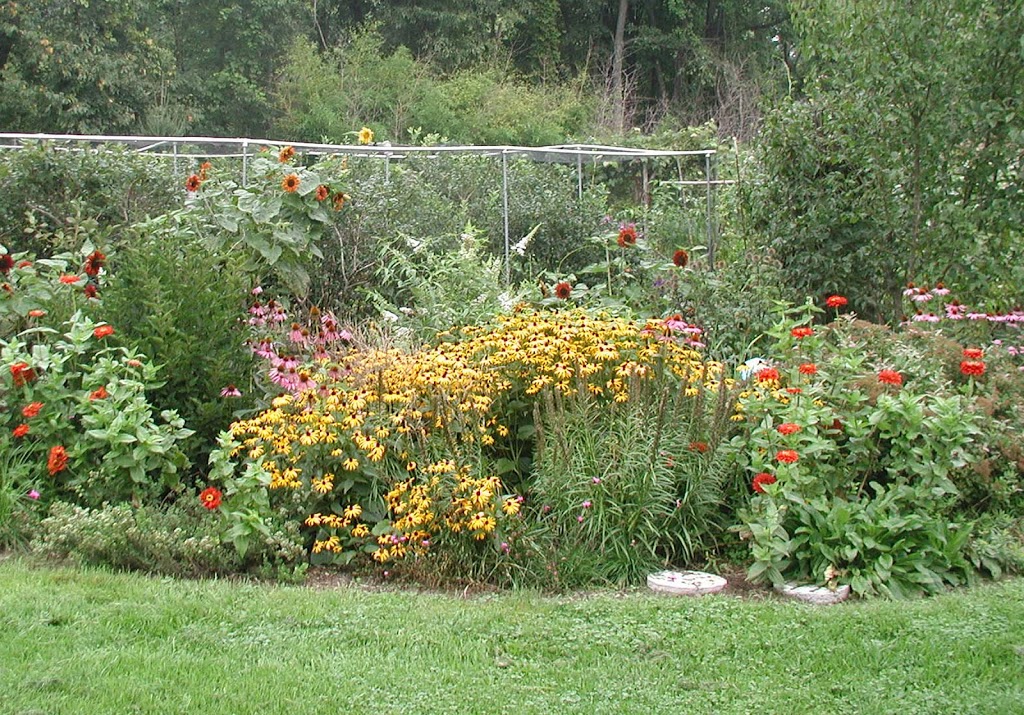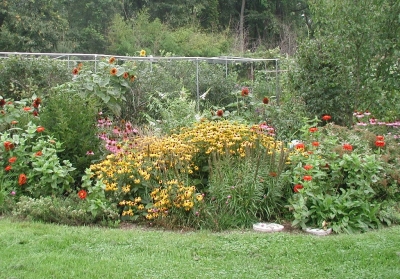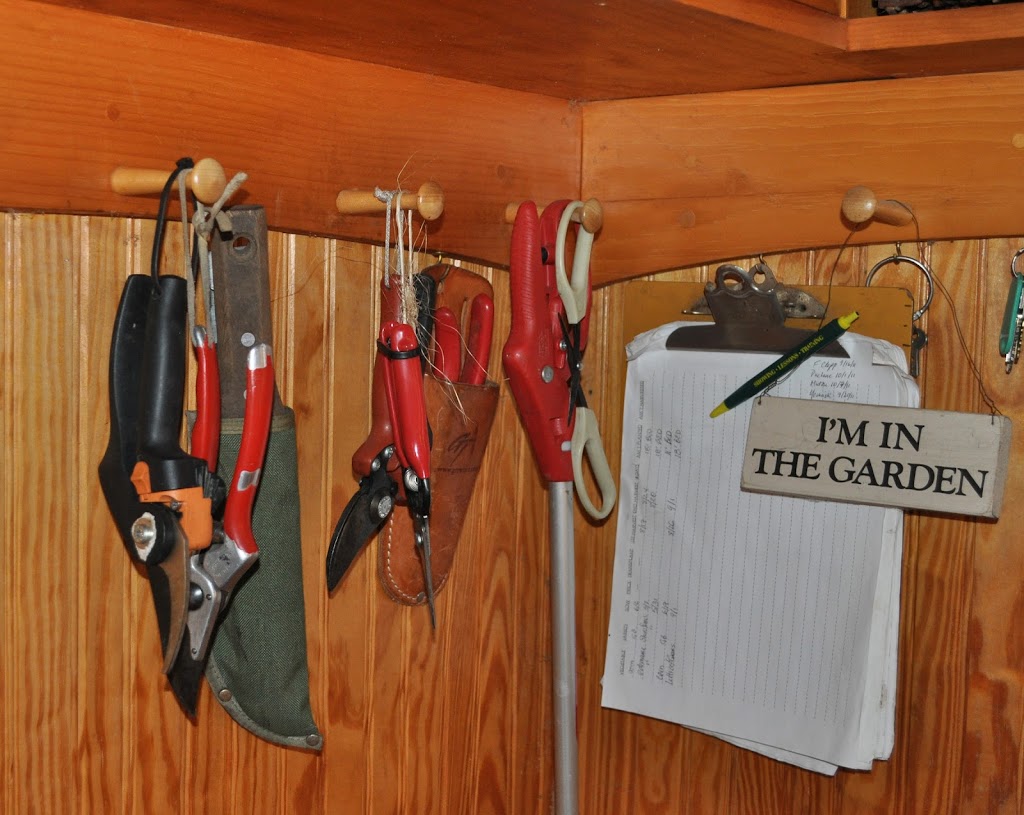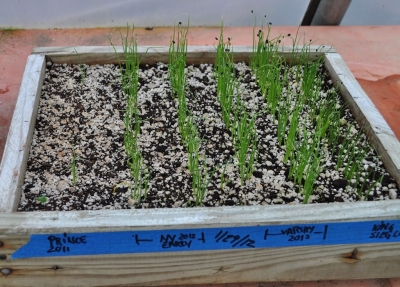What a perfect time of year to plant seeds. Yes, seeds! There’s no rush as to timing, with flower seeds, at least; there’s no worry about the soil being warm enough for germination; there’s no need to squeeze seed flats together near sunny windows; and there are plenty of empty seed flats.
Right now I have seedlings of endive, lettuce, kale, cauliflower, and cabbage growing in seed flats. The seedlings call the flats “home” for a month or more before they’re transplanted into beds now housing early corn, early bush beans, and other vegetables soon to be cleared away. Timing for these plants is critical if they’re going to be ready for harvest during the cool days from late September on into November. Cabbage and cauliflower were sown in early June, endive in early July, and lettuce, for a continued harvest through summer and fall, every two weeks or so all summer.
I’ve also sowed seeds with next year in mind. Flower seeds, in this case. Perennial flowers usually don’t flower their first year from seed. Ones that I sow this summer should make enough growth to put on a good show next year.
The flower bed undergoing renovation is crying out for black-eyed Susan plants (Rudbeckia hirta ‘Indian Summer), oodles of them. I could buy the plants but almost as easy and a lot cheaper and more satisfying is to buy a packet of seeds. One packet is going to provide many times the number of plants I need. Another bed needs more oriental poppies. Again, a packet of seeds is the more satisfying and economical way to go.
I have visions of blue spires of delphiniums rising up in the space between black currant plants and the fence to my south vegetable garden. A packet of ‘Pacific Giant’ delphinium seeds fills the bill, although these seeds are more difficult to germinate and the plants more difficult to grow than the poppies and black-eyed Susans. Delphinium seeds germinate best if fresh and some sources suggest chilling them awhile before or right after sowing. My plan is to plant them in a seed flat and set the covered flat on a bench that sits along the north side of my house — along with all the other seeds I am germinating. Another secret to germinating most seeds is patience.
——————————–
Patience surely has been the secret to my success with cyclamen seeds. Many years ago I purchased seeds of hardy cyclamens. Besides hardiness, these plants offer dainty blossoms that hover above the ground like small, pink butterflies. And when the plants aren’t in bloom, the speckled leaves earn the plants’ keep.
With the original batch of seeds came exacting instructions of temperature and time requirements for germination. I ended up with two seedlings from the whole packet of seeds, but those two seedlings have given rise to many more plants. A couple of weeks ago, the seed capsules, which are attached to a squiggly stalk, flared open to offer their ripe seeds, which I collected and sowed.
The flat of cyclamen seeds now sit on that same bench on the north side of my house. My only jobs now are to make sure the flat never dries out, which is unlikely, given the pane of glass that covers it, and to have patience.
———————————–
The most challenging seed of those I planned to sow this summer was chamomile, not because it’s at all hard to grow but because it’s hard to figure out just what is “chamomile.” Mostly, what people grow for tea is annual chamomile, but there’s also a perennial chamomile that’s been used medicinally. But just what is “annual” or “perennial” chamomile?
Usually, we garden nuts can fall back on botanical names to help out with such confusions. The fallback is not so easy with chamomile. Chamaemelum would seem an appropriate genus for chamomile and, in fact, C. nobile is a botanical name for perennial chamomile, which has also gone under the monikers of garden chamomile, Russian chamomile, and Roman chamomile. Not to confuse things, but this plant has also paraded under the botanical name Anthemis nobilis. Anthemis plants generally are referred to as dog fennels and, of course, chamomiles. Not to further confuse things, but I must mention A. tinctoria, golden marguerite, a wonderful ornamental in this genus, especially nice trained as a small tree with a head of white, daisy flowers.
Getting back to my tea, with annual chamomile . . . that’s Matricaria recutita, which, oddly, has the common name “sweet false chamomile.” It’s also gone under the botanical name of Tripleurospermum maritimum subsp. inordorum. And not to be confused with Matricaria matricarioides, pineapple weed, which grows all over the place and differs from any of the other chamomiles in that the flowers lack prominent, white petals. It has a pineapple-y aroma.
Bottom line: For my tea, I need annual chamomile, Matricaria recutita. Because it’s an annual, I’m going to wait until next year to sow it.
